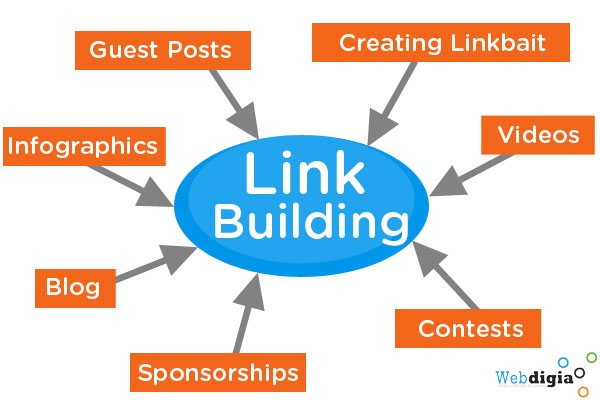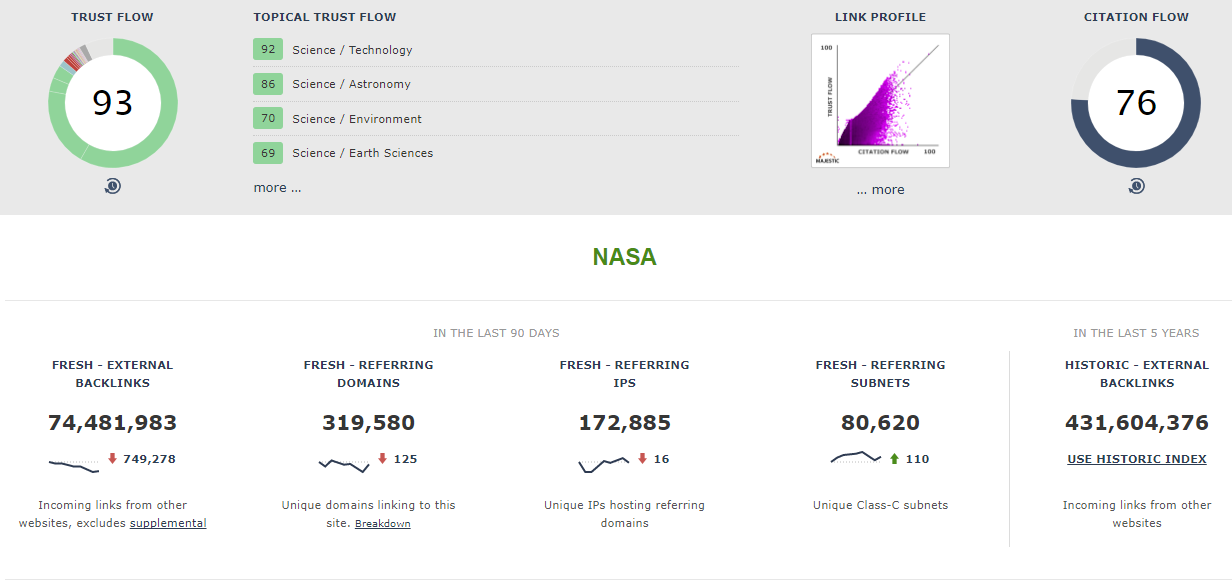Link building broadly refers to the improvement of search ranking by encouraging links to your content from other reputable sources. In our post on the Best Beginners’ Guides to SEO Basics, many of the guides described it as one of the most important components to SEO, and for good reason: it impacts website rankings, just as keywords do.
If we’re all adults here, we can admit that we don’t usually look past the first of the search engine result pages (SERPs). Effective link building can get sites up there because search algorithms keep score on the attention you get. Because this score considers the trustworthiness and relevance of backlink sources, yours should follow the rules but set the trends. This guide will show you how.
How Link Building Works
Here’s the who, what, when, and why of link building: audiences and their influencers. Relevant and trustworthy sites whose support tells search engines that yours is relevant and trustworthy, too. Any time, really, but especially at opportune times for special events and the like. Because you don’t want searchers to undergo a Homeric catabasis through the underworld of SERPs just to find you.
Imagine that a hive mind of people followed you around, chanting in unison about your best qualities. If you’d distrust a sci-fi nightmare like that, you’ll understand why search engines distrust websites that do the same. They now recognize, and often penalize, illegitimate link building in the form of spammy extra websites and paid links. You’ll only appear trustworthy with trustworthy backlinks, and these come from other people’s established sites. Per the research advice we give to high school students, “.org”, “.gov”, and “.edu” addresses tend to work best.
The relevance of these sites to yours can give search engines an accurate approximation of how to categorize it. Relevance depends on the sites’ place in the same industry as yours, and you’ll benefit from getting them locally or from vendors you work with. Getting links from a variety of authoritative sources, especially in ways that answer user questions, help the most. A few things within your control can get you quality links from these kinds of sites.
How to Get Backlinks

Link building works in conjunction with keyword research: if you search for relevant keywords, you’ll find sources for potential backlinks. The common recommendation to localize your keywords allows you to identify local entities of interest in the search. Successfully reaching out to them can win their audiences over to you. A friend of a friend might normally mean someone who shares urban legends and hysterical chain e-mails, but for you it can mean the secondary audiences bound to link to you after you’ve found a good primary source. You can never have too many friends!
Befriending local entities you find through keyword searches involves mutual cooperation. Offer to write them reviews, guest blogs, and social media shout-outs, and they may do the same for you. Link building benefits you both, after all. You can reach out to them directly or through any connections you have that already build links for you. Consider reaching out to the fine people who provide your company with products and services related to your own. You’ll already have a lead into the conversation just by saying that you use theirs.
Keyword searches also bring up your competitors, whose backlink profiles reveal other relevant sources. You can find these through programs such as SEMRush, MajesticSEO and SpyFu. Studying their sites can also help you understand the status of your industry locally. When you know that, you’ll know what potential link vendors want.
Appealing content and link building have a symbiotic relationship. No one links to poorly-designed websites, and no one finds even the best of them without a web of links. In addition to straightforward navigation and calls-to-action, site content benefits from taking local interests into account. For written site content, less is more; for the user engagement it produces, more is more.
How to Measure Progress
The same analytics software you use for keyword research can measure the success of your link building campaign. This includes keyword ranking itself, since link building depends on keyword ranking depends on link building. It’s like the chicken and the egg, or the snake ouroboros eating its own tail forever: simultaneous use of keyword research and link building creates a cycle of progress and success. If the links to old idioms didn’t tip you off, we think that this combined SEO strategy is just legendary.
Unlike its road-bound namesake, you’ll want to experience as much online traffic as possible. You can measure this with Google Analytics, and the keyword rankings through SEMRush or a direct search. If you narrow down the traffic’s source to referrals and find a high number, then your link building campaign works. After all, it means that the traffic came from another site’s link. Besides analytics software, you can observe engagement in your increased number of calls, e-mails, form submissions and other conversions.
MajesticSEO and SEMRush show your number of backlinks and referring domains; for more tools, see our discussion of Market Analysis. One blog recommending you 100 times would be generous, but remember that you’ll want backlinks from a multitude of sites. This draws in a variety of audiences, including other potential link vendors.

If you have not seen increases in any of these numbers, study the referring domains for imperfections. These include untrustworthiness, irrelevance, and dead or nofollow links… ask your analytics software if their support is right for you. In all seriousness, though: nofollow links come from the “nofollow” HTML tag that prevents search engines from picking them up. Dead links come from deleted pages or the link to your site being moved or removed. You can find these by viewing the page source or Google Chrome’s “Inspect Element” feature. To improve your link building campaign after this evaluation, press on with the link building strategies detailed above.
Think of link building as a rope that a good Samaritan throws to you in your climb through the SERPs. You’ll need to use it correctly in order to make it up, but having their support already gives you leverage. Building links in conjunction with keyword research and local SEO will show you how each of these strategies are connected –allowing you to stay connected as well.
Read more about what makes link-building important.
